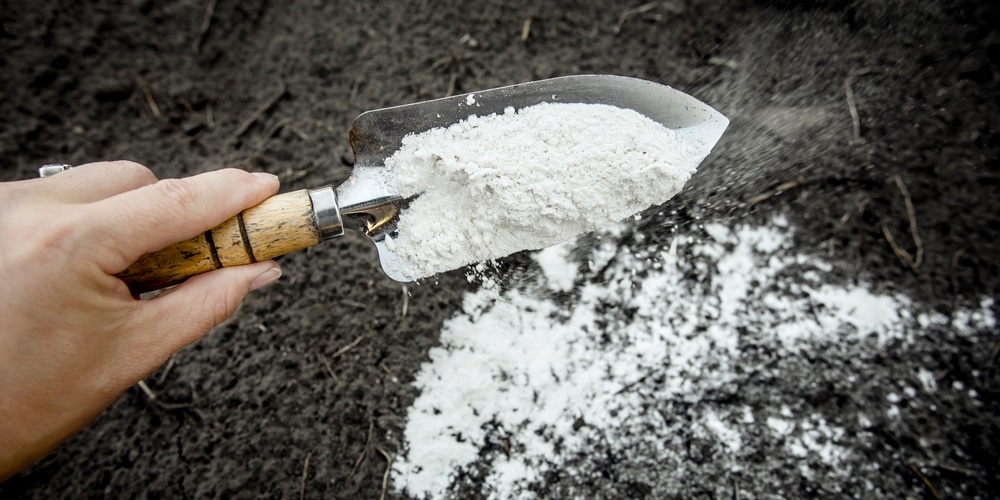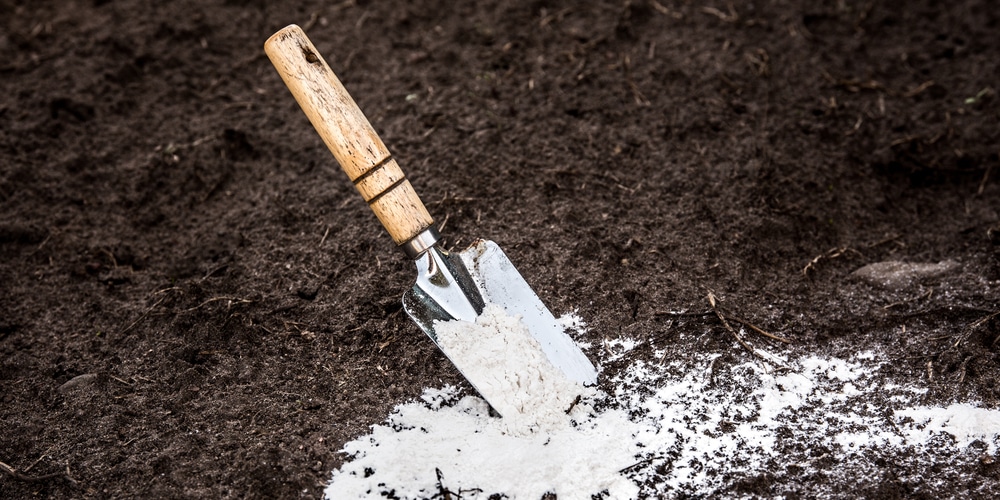When ammonia and other toxic odors become a problem in your barn or stables you may be considering using barn lime or hydrated lime to eliminate or better them. However, which of the two is better for both your barn and your horse? Or are the both of them not very effective at their given purposes in this situation? Here is everything you need to know about barn lime vs hydrated lime.
The positives and negatives of using barn lime:

Barn lime is crushed up Calcium Carbonate, most commonly known and referred to as limestone. This crushed up chemical’s best feature is its ability to prevent the harmful and toxic scent of ammonia, as well certain other odors found in barns and stalls.
Ammonia is formed by the urea in the waste of livestock when it is not thoroughly cleaned up or is just left there to sit. This strongly, and unpleasantly, scented formation can cause and create quite a few irritations and problems for your livestock.
Some of these issues include thrush, respiratory problems and problems with their immune system. Making use of crushed up lime can keep barn and stable floors properly cleaned as well as ensuring that animal pens and gutters are all in pristine conditions.
On the other hand, in recent years it has actually been said that hydrated lime only hides the problem instead of fixing it. This means that crushed up Calcium Carbonate basically does not possess any real abilities to remove ammonia and odors but only to cover them up instead.
Even though when applied thickly and thoroughly enough, barn lime can, in fact, cover ammonia and odors but it doesn’t actually neutralize them. This means that the ammonia and orders remain in the environment and are bound to return and fully fill it once more in the near future.
The positives and negatives of using hydrated lime
Similarly to barn lime, the biggest advantage to using hydrated lime is its ability to minimize ammonia and other toxic scents.
Yet again, ammonia is created by the urea in the waste of livestock when it is not thoroughly cleaned up or is just left there to sit and it can cause and create quite a few irritations and problems for your livestock.
By spreading hydrated lime onto the floor of your barn or stables the scent of ammonia and other odors is reduced. To add to this, it can also actually absorb certain amounts of moisture that remain on the floor. That being said, keep in mind that you absolutely must muck out your barn or stables prior to utilizing hydrated lime.
On the other hand, hydrated lime can actually be extremely toxic to your horse’s skin. That’s right, this Calcium Hydroxide mixture actually becomes cautistic when it is wet and is more than capable of causing burns to your horse’s skin.
In addition to this, it can also actually cause eye damage to your livestock. This means that, although you may only be trying to help your horse by using hydrated lime you are actually putting them in harm’s way.
Moreover, when hydrated lime becomes toxic it actually does the opposite of what it’s supposed to do. Instead of cleansing the place of ammonia it provides the perfect environment for the creation and formation of ammonia. This will cause even further harm to your barn or stables and your livestock.
Barn lime vs hydrated lime: final thoughts
Overall, the best thing to use in your barn or stables is barn lime. This is because it has many more advantages when compared to hydrated lime and does not put your livestock in any danger.
That being said, you should keep in mind that neither barn or hydrated lime are good long term solutions that will help keep your environment safer for the foreseeable future.
